- Shop
New to UCAN?
- About
- How to use ?
- Learn
- Contact us
Calories in Cream Cheese: An Athlete’s Guide to the Schmear
Contents
- 1 Cream Cheese Calories: An Athlete’s Guide to the Schmear
- 1.1 Beyond the Calories: The Full Nutritional Breakdown
- 1.2 Full-Fat vs Light: Decoding the Dairy Aisle
- 1.3 How Your Serving Size Can Sabotage Your Calories
- 1.4 Healthier Swaps for Cream Cheese (That Don’t Suck)
- 1.5 How to Fit Cream Cheese Into Your Training Diet
- 1.6 Practical Shopping & Labelling Guide (Aussie fridge-to-treadmill)
- 1.7 Sample Week: How to Include Cream Cheese Without Losing Control (Marathon Build, 80 km week)
- 1.8 Common Cream Cheese Questions Answered
- 1.9 Practical Recipes & Prep Ideas (Quick and Athlete-Friendly)
- 1.10 Final Practical Checklist (What to Implement This Week)
- 1.11 Conclusion — Make Cream Cheese Work for Your Training
- 1.12 References
- 1.13 FAQ (quick recap)
Cream Cheese Calories: An Athlete’s Guide to the Schmear
Look, let’s get straight to it: cream cheese calories matter when you’re training for a marathon, triathlon or long cycling event. That standard schmear of full-fat cream cheese on your morning bagel is roughly 50 calories per tablespoon, but the real number depends on which tub you grab at Woolies and how generously you lay it on. When you’re doing 80–120 km weeks, those casual dollops add up and change race weight, recovery capacity and session quality.
This article is for serious Aussie/NZ endurance athletes who want practical, session-level guidance: exact serving checks, swaps that work after intervals, and examples of how to fit cream cheese into periodised training weeks without sabotaging performance.
- Full-fat cream cheese ≈ 50–55 kcal per tablespoon; light ≈ 30 kcal; fat-free ≈ 15–20 kcal.
- Use whipped tubs or measure servings to prevent calorie creep; swaps (Greek yoghurt, blended cottage cheese) improve protein and recovery.
- Place cream cheese strategically: flavour enhancer pre-session, not primary recovery fuel; replace with UCAN Energy + Protein when you need a 3:1 carb:protein recovery option.
Your Quick-Look Calorie Chart
This is practical: teaspoon/ tablespoon behaviour determines weekly energy balance more than a single meal. Below compares typical options per tablespoon (≈15 g) and per 100 g.
| Cream Cheese Type | Calories per Tablespoon (approx. 15g) | Calories per 100g |
|---|---|---|
| Full-Fat Cream Cheese | ~51 calories | ~342 calories |
| Light / Reduced-Fat Cream Cheese | ~30 calories | ~201 calories |
| Fat-Free Cream Cheese | ~16 calories | ~107 calories |
Values are typical averages from Australian supermarket labelling and food composition tables; individual brands vary. Use a kitchen scale for tight tracking.
Beyond the Calories: The Full Nutritional Breakdown
Knowing how those calories are composed explains whether cream cheese is useful for your session or just tasty filler. For athletes, the key macros are carbs (fuel), protein (repair) and fat (sustained energy). Cream cheese skews heavily to fat, with limited protein and carbs.
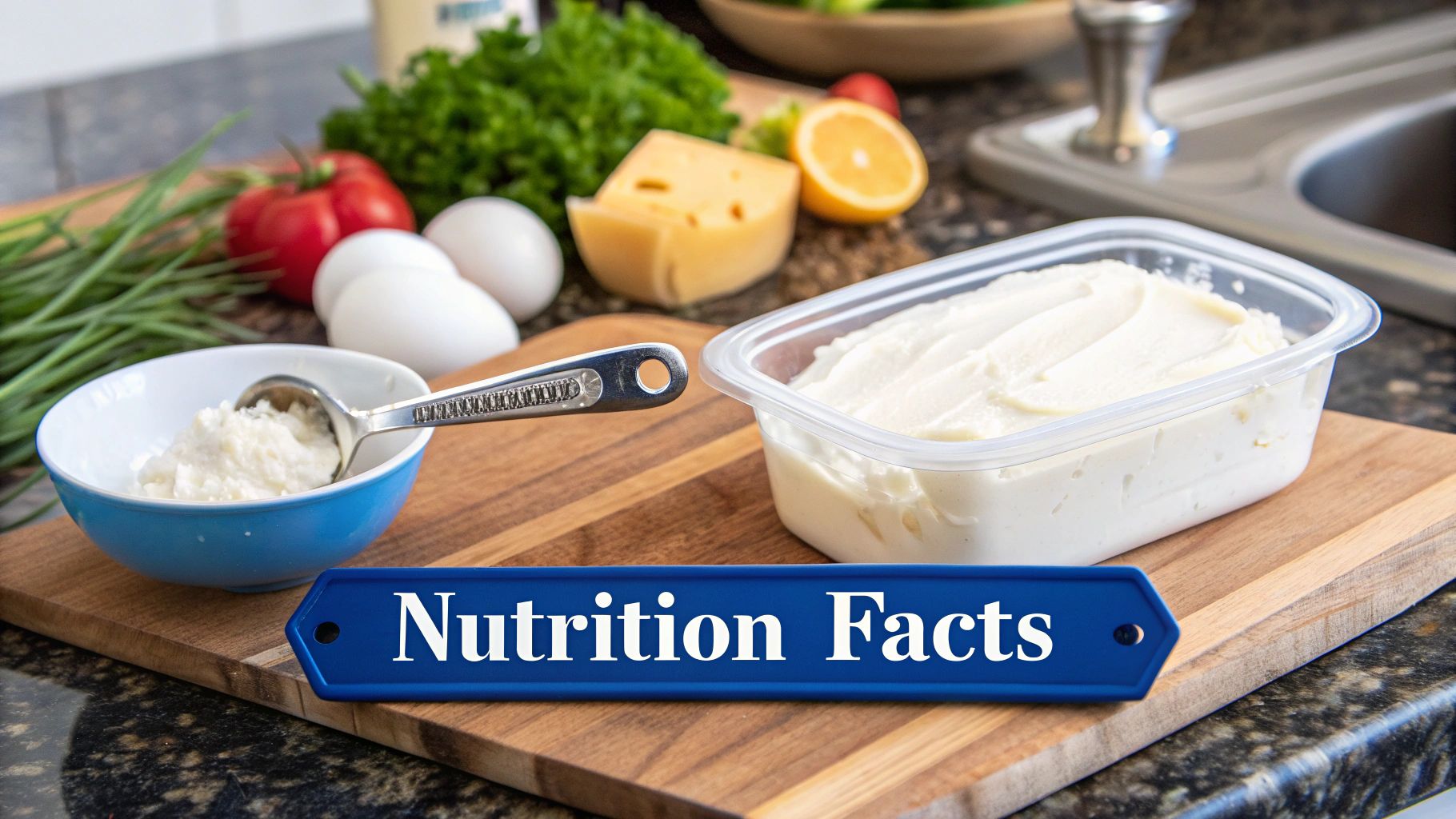
Why Is Cream Cheese Basically a Fat Bomb?
A 100 g serve of full-fat cream cheese usually contains 30–35 g fat, of which saturated fat is a major slice. Protein sits around 6 g per 100 g and carbs ~4 g. Translation for athletes: cream cheese is an energy-dense, low-protein spread — great for adding calories but not for directed post-session repair.
What this means for training: if your goal is immediate recovery after long intervals or races, cream cheese alone won’t do the job; pair or swap it with a protein-rich option (Greek yoghurt, UCAN Energy + Protein).
Small Wins — Micronutrients Worth Noting
Cream cheese does provide Vitamin A and some calcium. Neither is a primary reason to choose it, but they’re useful to note. Always prioritise macronutrient strategy for athletic outcomes; micronutrients are bonus.
Tip: if sodium matters in your climate (Cairns humidity, Brisbane heat), check labels — some reduced-fat versions increase salt to maintain flavour.
Full-Fat vs Light: Decoding the Dairy Aisle
When you’re pressed for time pre-work, choosing the right tub matters. Full-fat delivers taste and satiety; light and fat-free trade mouthfeel for lower calories and often more additives and sodium. Read labels and pick based on training phase.
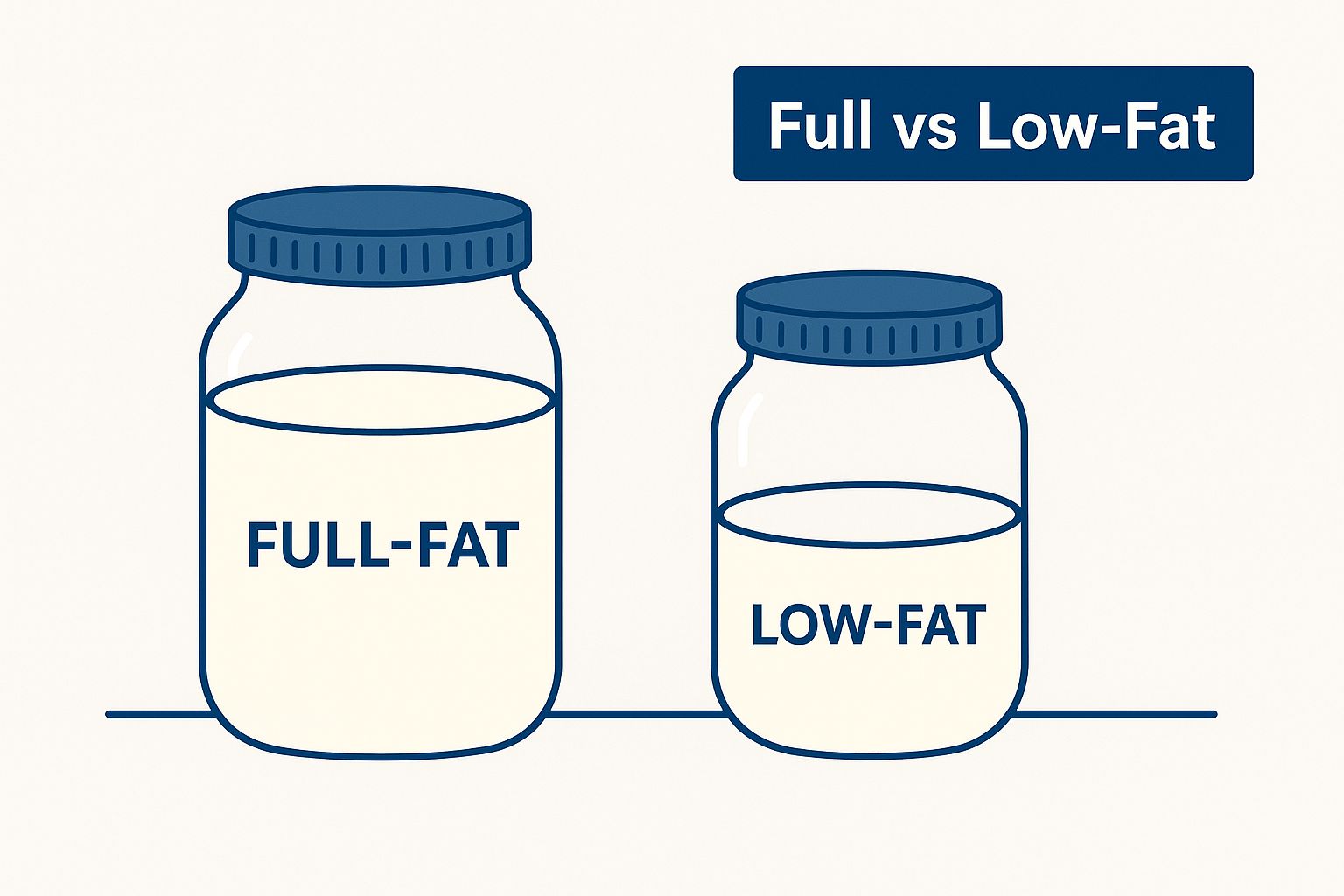
The Real Numbers: Full-Fat vs Light vs Fat-Free (per 100 g)
| Nutrient | Full-Fat Cream Cheese | Light Cream Cheese | Fat-Free Cream Cheese |
|---|---|---|---|
| Calories (approx.) | ~342 kcal | ~201 kcal | ~107 kcal |
| Fat (approx.) | ~34 g (21 g saturated) | ~15 g (9 g saturated) | ~0 g |
| Protein (approx.) | ~6 g | ~8 g | ~15 g |
| Sodium (approx.) | ~325 mg | ~410 mg | ~580 mg |
Two key athlete takeaways: 1) As fat drops, protein can rise (good) but sodium frequently increases (manage electrolytes intentionally). 2) Whipped full-fat maintains flavour while automatically reducing how much you use — a practical portion-control tool.
How Your Serving Size Can Sabotage Your Calories
Portion distortion is one of the biggest stealth levers for unintended calorie intake. Here’s practical, measurable work you can do this week to lock it down.
The Serving Size Reality Check — What to do / Why it works / How to apply
What to do: Measure one tablespoon (≈15 g) and spread it on a cracker. Repeat daily for three days.
Why it works: Recalibrates perception — what felt normal will look oversized once you’ve practiced the actual serving.
How to apply: Use a digital kitchen scale for accuracy; mark a jar with a line showing tablespoon volume; switch to whipped tubs for two weeks and track changes in weekly energy intake and body mass.
How Mindless Scooping Adds Up — The Maths
Example: If you add one extra 15 g dollop per day (~50 kcal), that’s 350 kcal/week. Over a 12-week training block, that’s ~4,200 kcal (~0.5 kg fat estimate). Applied across multiple athletes, small daily decisions have big cumulative effects on race weight and power-to-weight ratio.
Healthier Swaps for Cream Cheese (That Don’t Suck)
Swaps must be practical and pass the three-layer test: what to do, why it works, how to apply. Below are athlete-tested alternatives with session-level examples.
Dairy-Based Swaps
- Thick Greek yoghurt (strained):What: Use 1 tbsp whipped with lemon & herbs as a savoury spread.
Why: Higher protein increases muscle repair; lower calories than full-fat cream cheese.
How: Post interval session: wholegrain toast + Greek yoghurt + banana. Combine with UCAN Energy + Protein within 30–60 min for a targeted recovery (aim for ~0.8–1.2 g/kg carb and ~0.25–0.35 g/kg protein).
- Blended cottage cheese:What: Blend low-fat cottage cheese until smooth and use as a spread or dip.
Why: Casein-heavy protein offers slower release — good for overnight repair.
How: Evening snack after a hard session: rice cake + blended cottage cheese + sliced pear.
- Light ricotta:What: Swap into both sweet and savoury dishes.
Why: Lower fat and pleasing texture; works for mid-ride rice cakes or pre-race low-volume meals.
How: Pre-long-ride: light ricotta + honey on 1–2 rice cakes; take UCAN Energy Gel during the ride as needed for steady glucose.
Plant-Based & Savoury Options
- Mashed avocado — practical before long efforts for sustained energy (monounsaturated fats + fibre); use measured portions (30–40 g) to avoid excess calories.
- Hummus — good plant protein + fibre; ideal for ride fuel on toast or sandwiches when you need longer satiety between refuelling points.
- Nut-based spreads — rich, creamy, often calorie-dense; use sparingly and measure portions.
These swaps give you options depending on session type: higher-protein swaps for recovery, moderate-fat swaps for satiety, and plant-based swaps for variety or dietary preferences.
How to Fit Cream Cheese Into Your Training Diet
Plan, don’t panic. The goal is to keep your favourites while aligning them with session demands: tempo, intervals, long runs, recovery days and race week.
Smart Ways to Work It In — Session Examples & Practical Rules
Pre-tempo session (60–90 min before):
- What: Wholegrain toast + 1 tbsp cream cheese + banana.
- Why: Small fat for mouthfeel + carbohydrate substrate for tempo intensity.
- How: Keep carbohydrate ~1–1.5 g/kg in this window; for sessions >60 min consider UCAN Energy Gel during the last third of the session to prevent bonking.
Post-long run recovery (within 30–60 min):
- What: Replace a cream-cheese-heavy breakfast with Greek yoghurt + fruit + UCAN Energy + Protein shake.
- Why: Cream cheese lacks the carb:protein ratio to refill glycogen efficiently.
- How: Target ~1.0 g/kg carbohydrate + 0.25–0.35 g/kg protein in your recovery window.
Race-week carb timing:
- What: Use small amounts of cream cheese for flavour, not bulk; prioritise higher-volume carbohydrate sources (rice, potato, porridge).
- Why: You want glycogen-loaded muscles without excessive fat intake that slows gastric emptying.
- How: Two days out, keep meals focused on carbs; allow a thin layer of cream cheese on bagels if it helps compliance, but measure portions stringently.
Product integration: UCAN Energy Gel is handy during longer intervals or races for steady glucose delivery, and UCAN Energy + Protein is a practical, measured recovery option when you need an accurate carb:protein mix without cooking. 👉 Shop UCAN Energy Gels | 👉 Shop UCAN Energy + Protein.
Practical Shopping & Labelling Guide (Aussie fridge-to-treadmill)
When you’re standing in front of the dairy fridge, avoid assumptions. Here’s a short checklist to bring home the right tub:
- Check serving size — is the label per 15 g or per 30 g?
- Check calories per 100 g for cross-comparison between tubs.
- Check sodium — light/fat-free options often spike here.
- Check ingredient list — longer lists often mean additives and stabilisers used to mimic texture.
Practical label example: If brand A lists 160 kcal per 30 g serve and brand B lists 90 kcal per 30 g, do the math to compare on a 15 g basis — that’s where the real serving-level comparison sits.
Sample Week: How to Include Cream Cheese Without Losing Control (Marathon Build, 80 km week)
Below is a simple, realistic weekly plan showing where a 1 tbsp portion of cream cheese fits and when to prioritise high-protein swaps:
| Day | Training | Breakfast / Snack (cream cheese usage) |
|---|---|---|
| Mon | Recovery ride 60 min | Oats + 1 tbsp light ricotta (no cream cheese) |
| Tue | Track intervals (8 × 800 m) | Wholegrain toast + 1 tbsp cream cheese + banana (measured) |
| Wed | Steady 12 km run | Greek yoghurt + fruit (no cream cheese) |
| Thu | Threshold session | Rice cakes + blended cottage cheese (swap for cream cheese) |
| Fri | Easy 40 min | Bagel with 1 tbsp whipped cream cheese (measured) |
| Sat | Long run 28–32 km | Pre-run: half bagel + small smear; Post-run: UCAN Energy + Protein recovery |
| Sun | Strength + mobility | Toast + mashed avocado (no cream cheese) |
Notice the pattern: cream cheese appears as a measured flavouring around key sessions, and swaps are used when protein or rapid glycogen replacement matters.
Common Cream Cheese Questions Answered
How many calories are in one tablespoon of cream cheese?
A tablespoon (~15 g) of standard, full-fat cream cheese will set you back around 50–55 calories. Light versions are ~30–35 kcal; fat-free versions ~15–20 kcal per tablespoon. Measure servings if you’re monitoring weight or racing soon.[1]
Is cream cheese good for weight loss?
Short answer: it depends on energy balance. Full-fat cream cheese is calorie-dense; reducing portion size or choosing high-protein swaps supports weight loss better. However, for some low-carb or fat-adapted athletes, a measured amount of full-fat cream cheese might be used strategically. The key is weekly energy control, not demonising a single food.
Does whipped cream cheese have fewer calories?
Gram for gram, no. Whipping introduces air, increasing volume so you spread less for the same coverage — which often reduces calories consumed per serve. It’s an effective behavioural tool for portion control.
Practical Recipes & Prep Ideas (Quick and Athlete-Friendly)
- Recovery bowl: Greek yoghurt + 1 tbsp honey + berries + 1 scoop UCAN Energy + Protein. (Replace cream cheese.)
- Bagel hack: Half a bagel, thin layer (1 tbsp) whipped cream cheese + smoked salmon (lean protein) + capers.
- Rice cake snack: 1 rice cake + 1 tbsp blended cottage cheese + sliced tomato + cracked pepper.
Final Practical Checklist (What to Implement This Week)
- Measure a tablespoon from your usual tub and spread it on toast for three mornings — note how it feels vs your normal smear.
- Try whipped cream cheese for two weeks and record any small reductions in weekly intake or body mass.
- Swap one post-hard session cream-cheese meal for Greek yoghurt + UCAN Energy + Protein and monitor recovery metrics (how you feel the next session).
Conclusion — Make Cream Cheese Work for Your Training
Cream cheese calories are simple once you measure and place them within a training context. Use full-fat tubs for maximum flavour in small doses, prefer whipped tubs for everyday portion control, and pick higher-protein swaps (Greek yoghurt, blended cottage cheese, UCAN Energy + Protein) when your session demands targeted recovery. Track weekly trends, not single meals — that’s where race weight and performance respond.
👉 Shop UCAN Energy Gels
👉 Shop UCAN Energy + Protein
References
[1] Food Standards Australia New Zealand. Australian Food Composition Database — typical dairy product values.
[2] IOC Consensus Statement on Sports Nutrition and Recovery (practical recommendations for carb:protein recovery ratios).
[3] Sports Medicine reviews on recovery nutrition, carbohydrate periodisation and the role of dietary fat in endurance performance.
Selected public resources used to build nutritional averages and athlete-focused recommendations. Consult your sports dietitian for personalised prescriptions.
Author: Generation Ucan. Last updated: 8 October 2025.
FAQ (quick recap)
- How many calories are in one tablespoon of cream cheese? — ~50–55 kcal (full-fat); ~30–35 kcal (light); ~15–20 kcal (fat-free).
- Is cream cheese good for weight loss? — It can be used in moderation; better swaps exist for recovery or calorie control.
- Does whipped cream cheese have fewer calories? — No per gram, yes per serve because of increased volume.
- How should athletes use cream cheese during race week? — Use thin layers as a flavour enhancer; prioritise carbs for glycogen loading and measure servings closely.

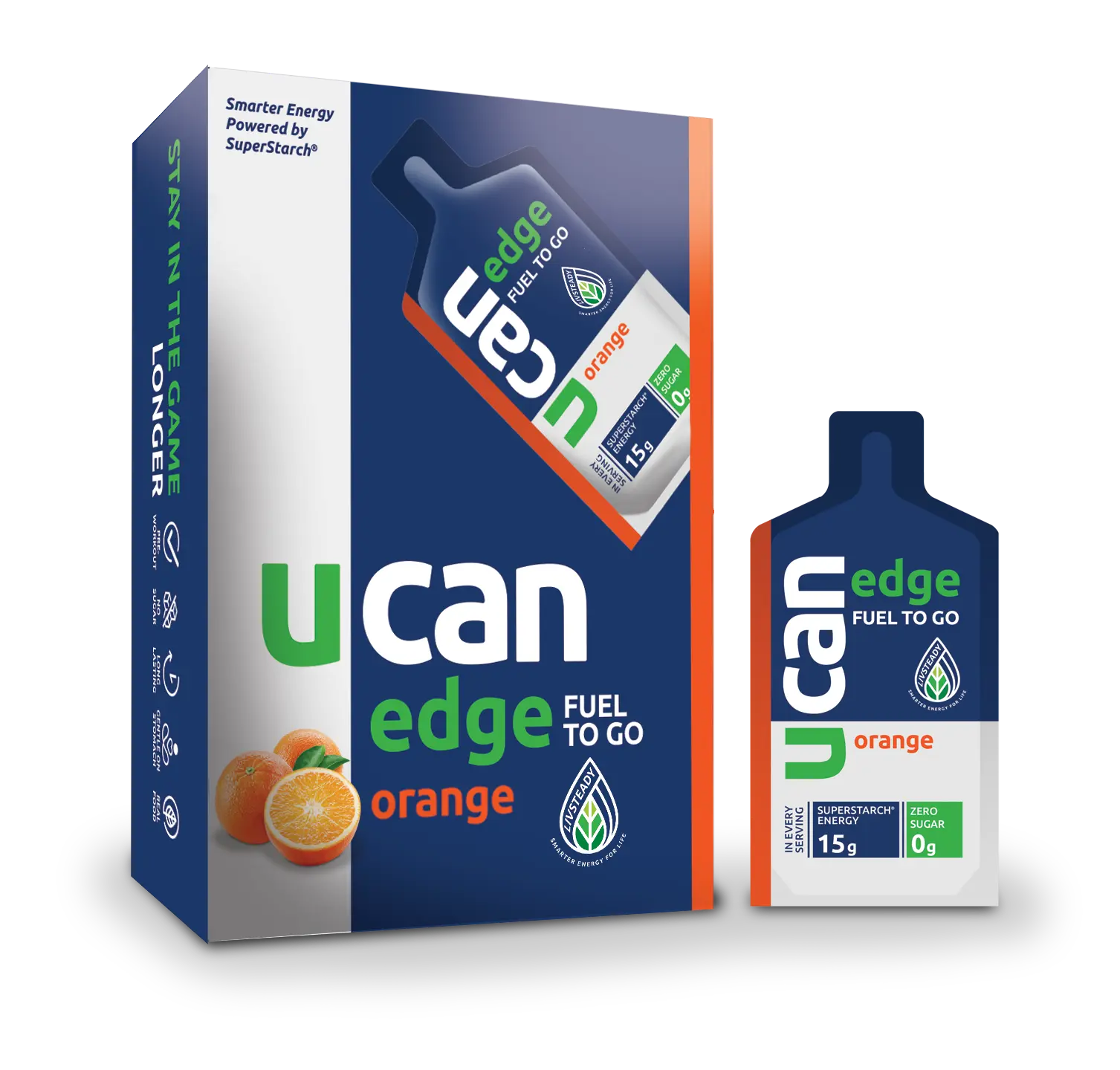
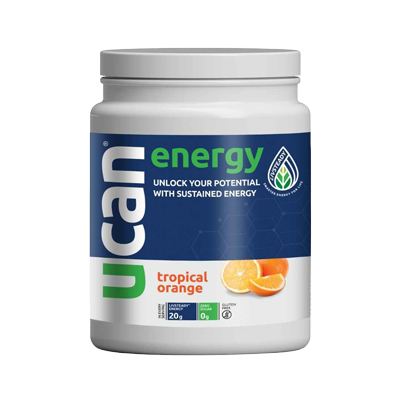
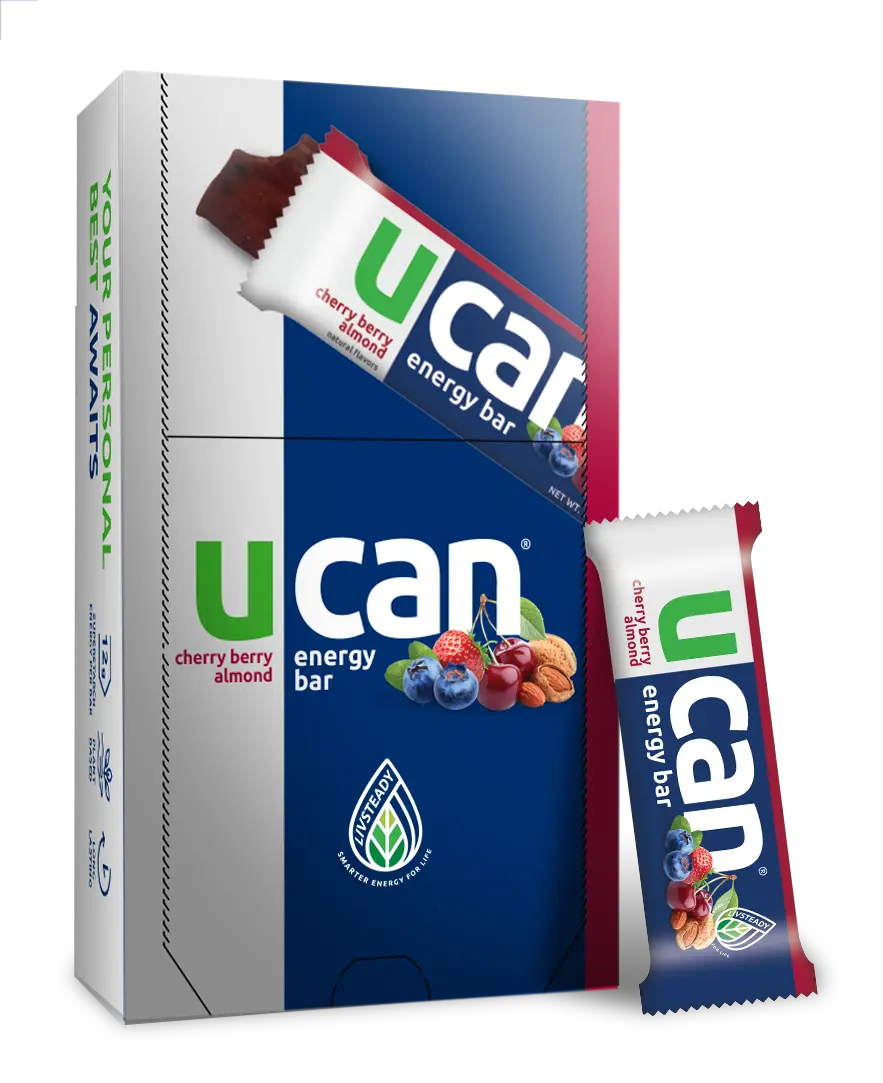
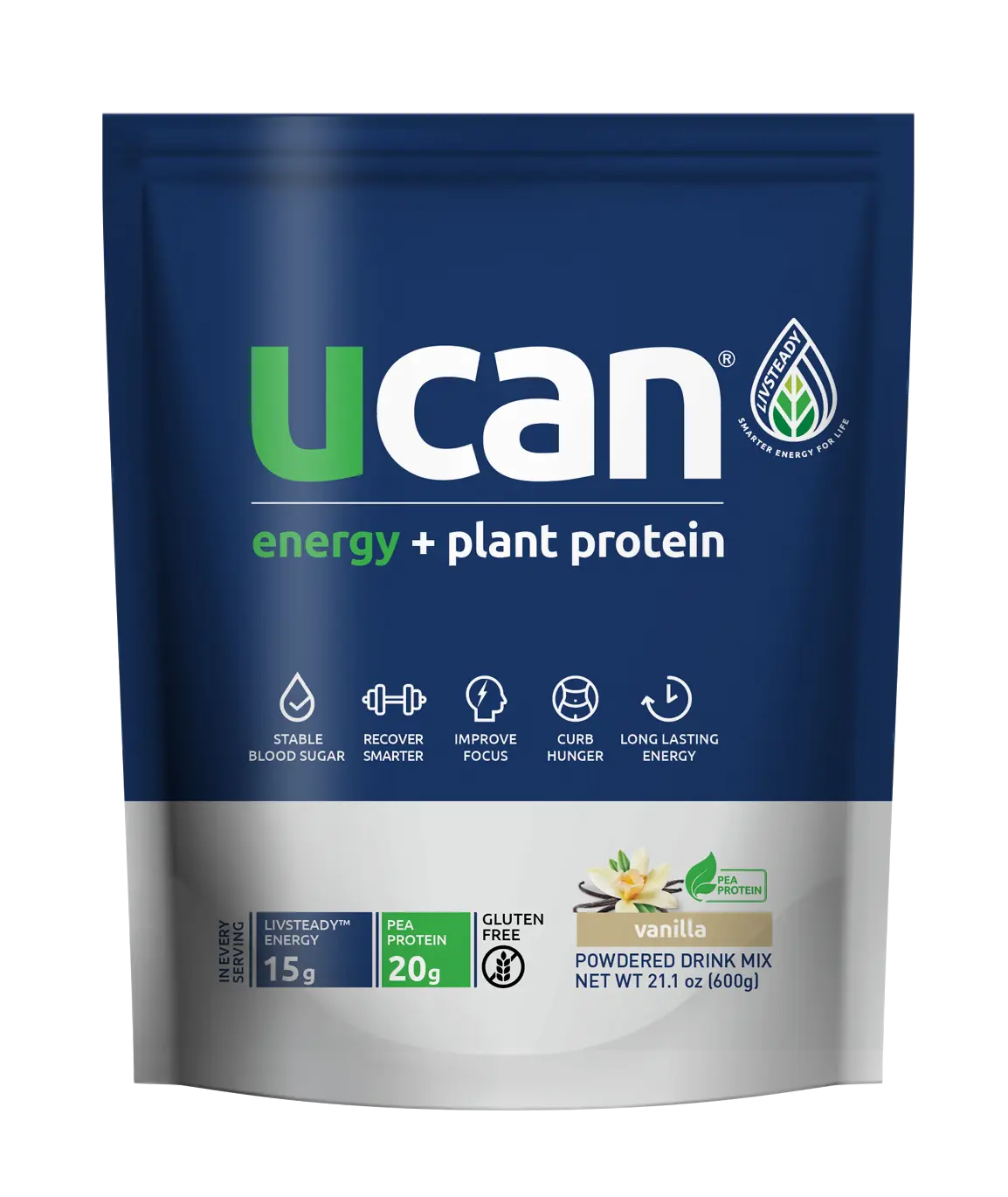
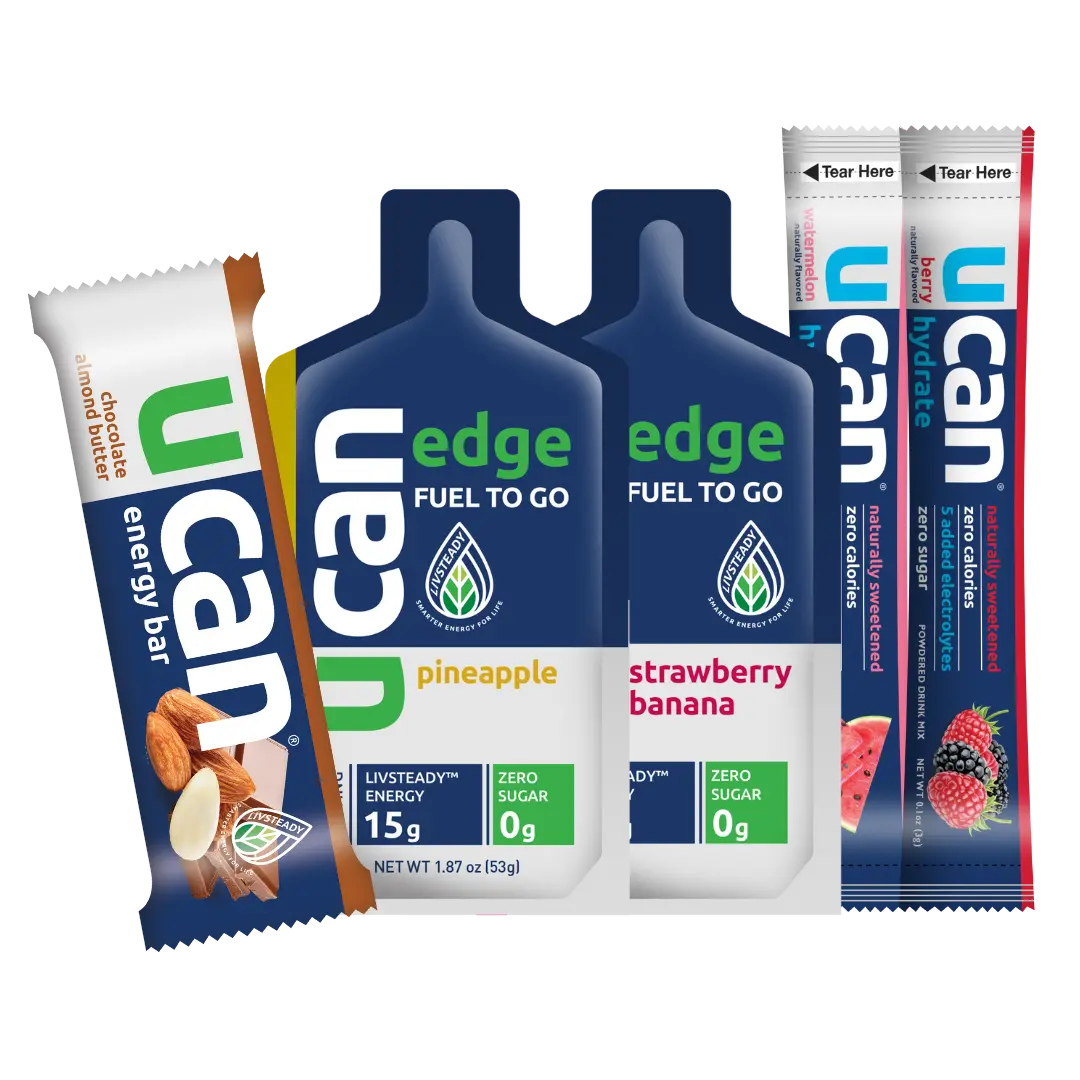
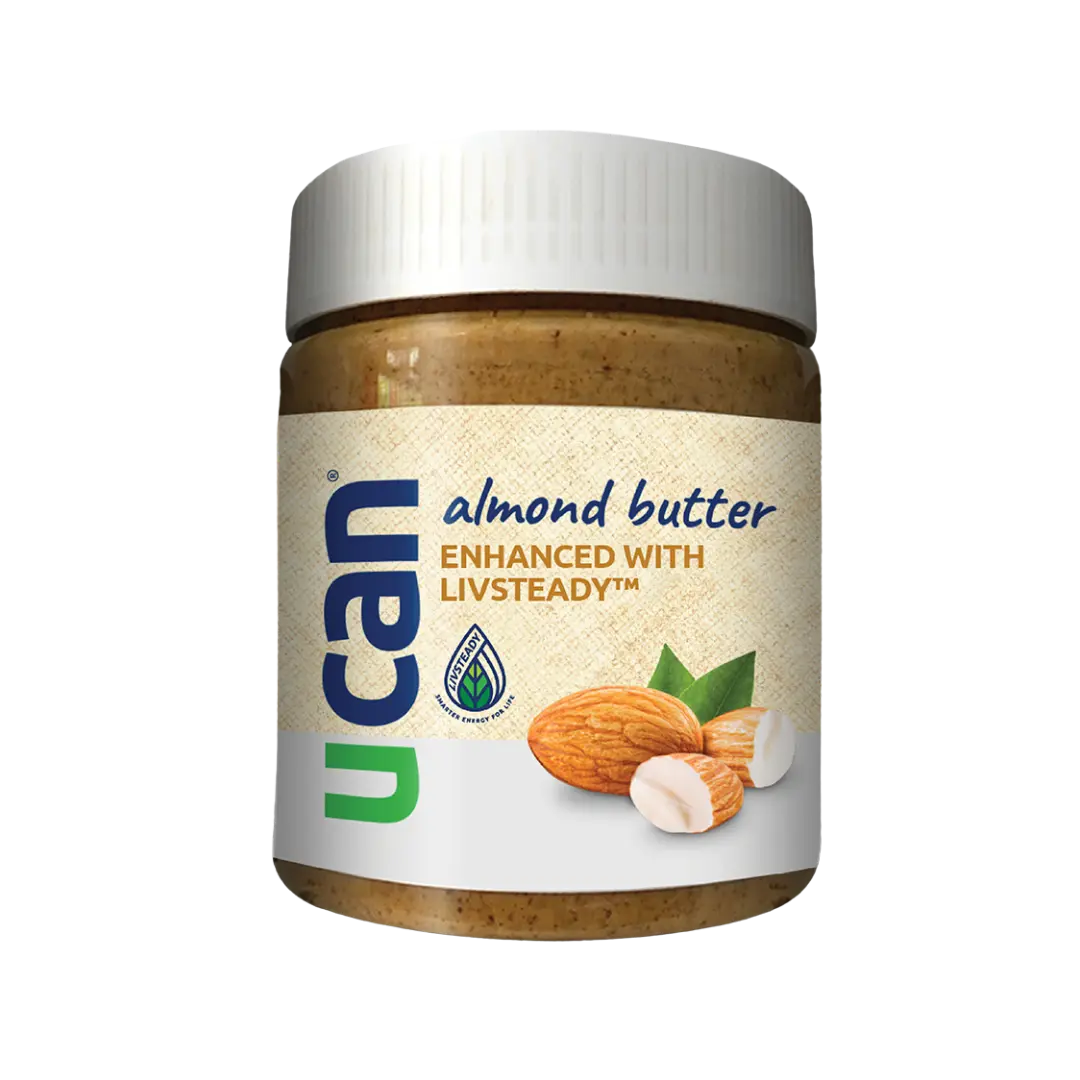
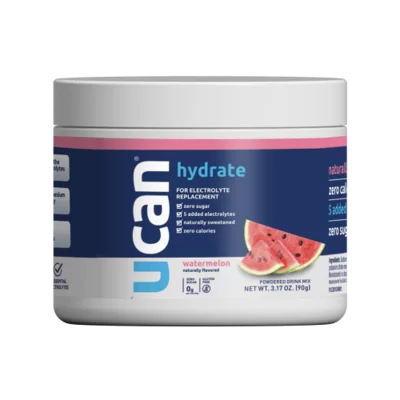
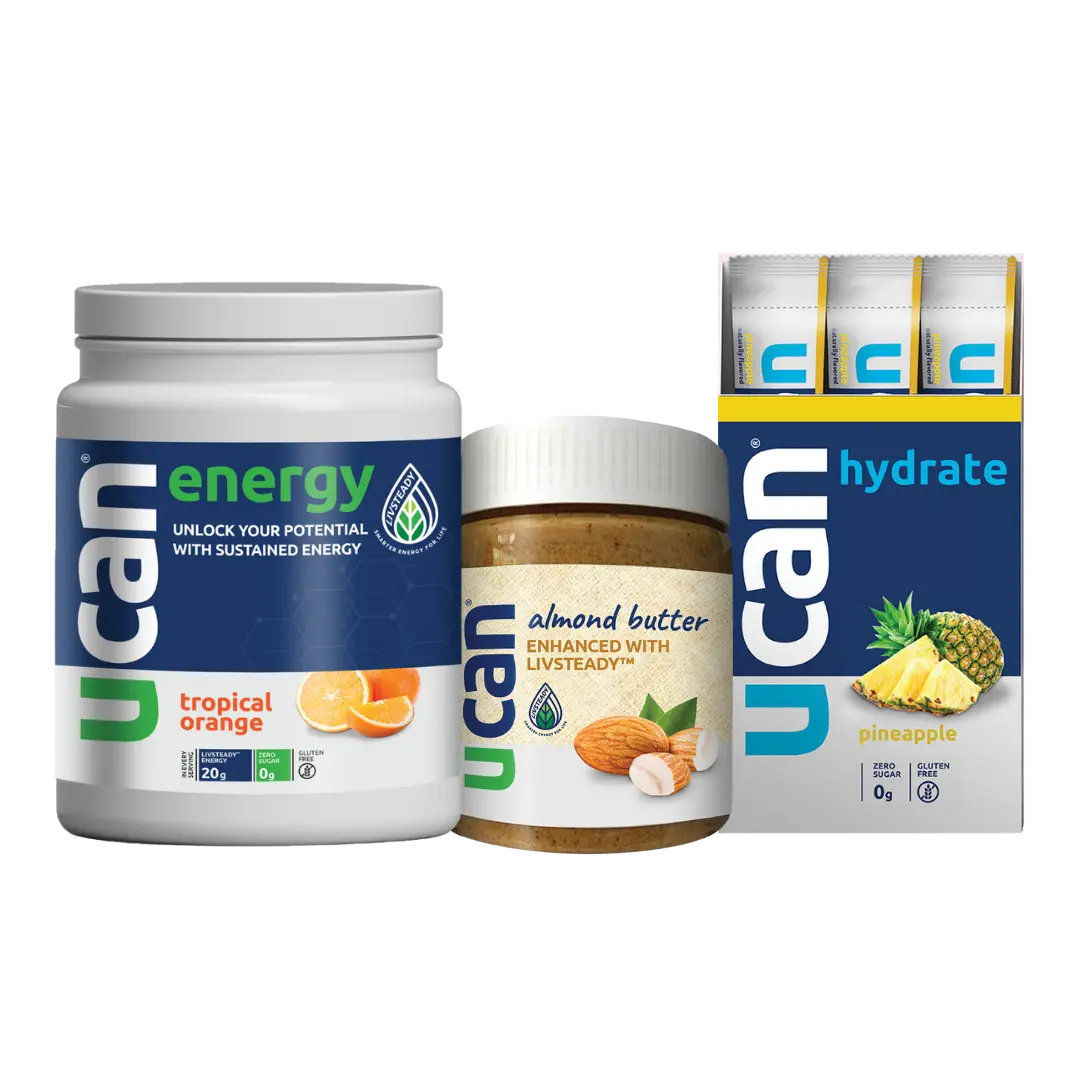
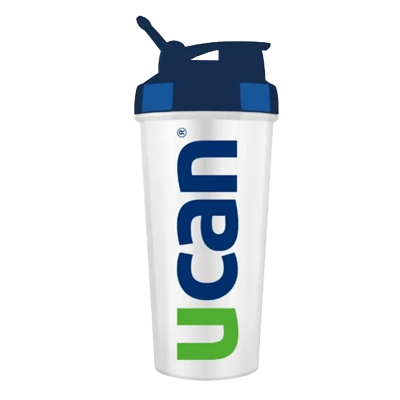
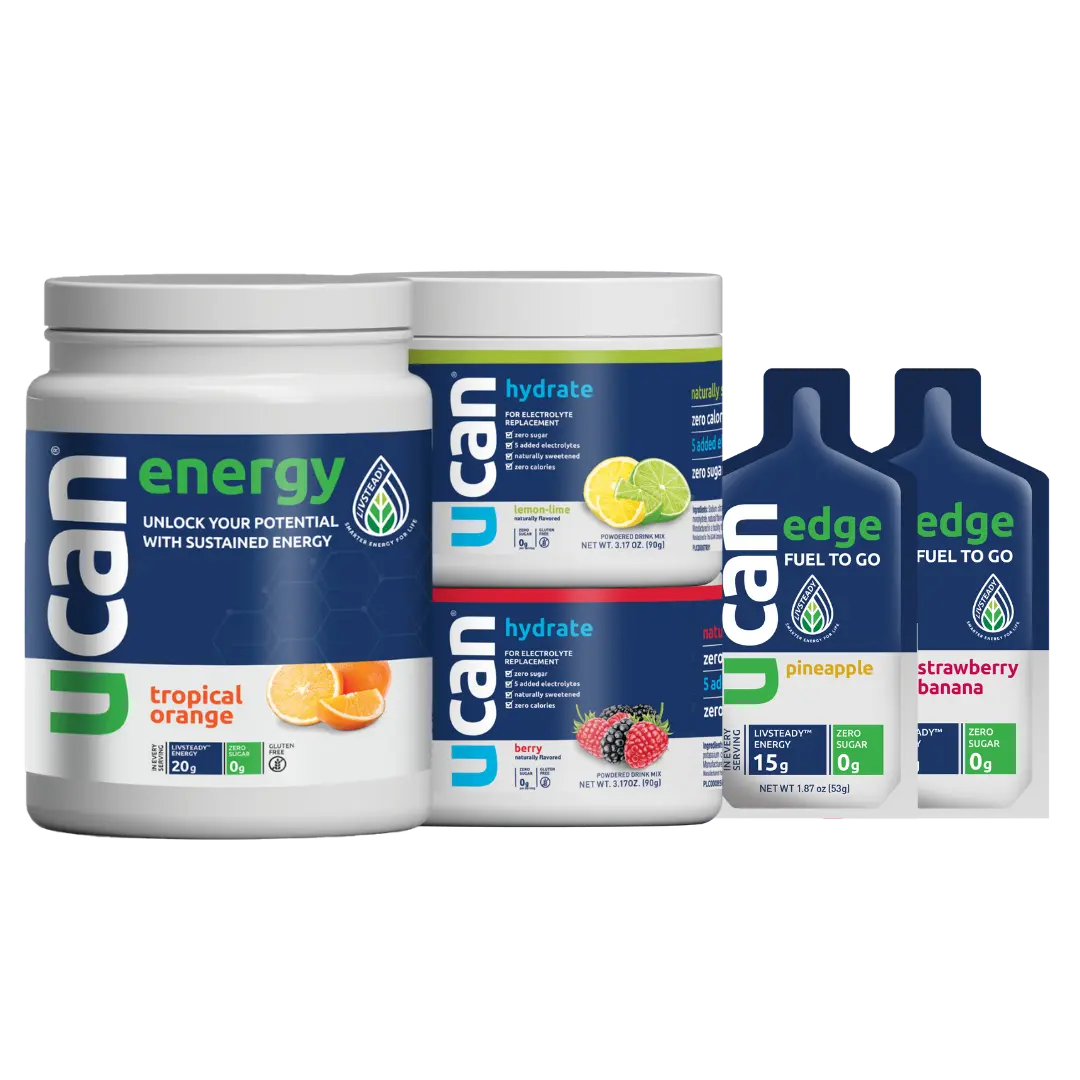
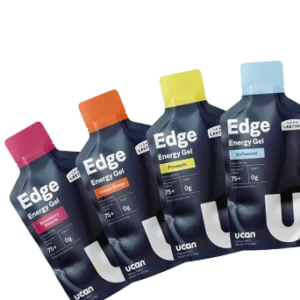
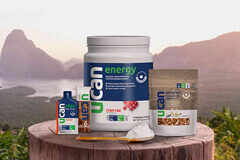


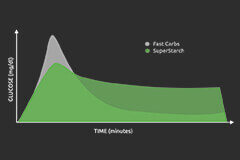

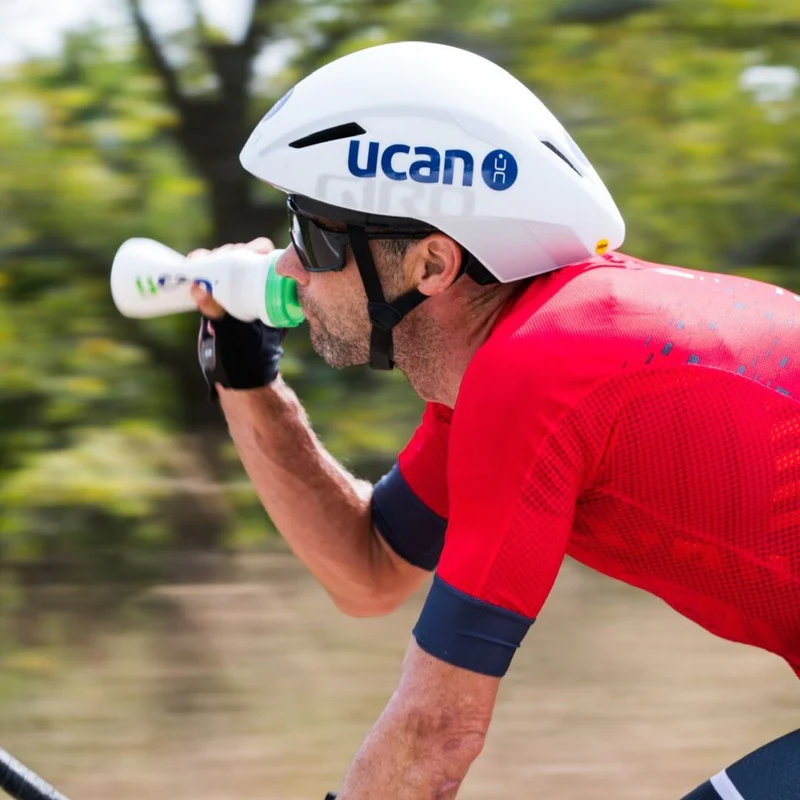

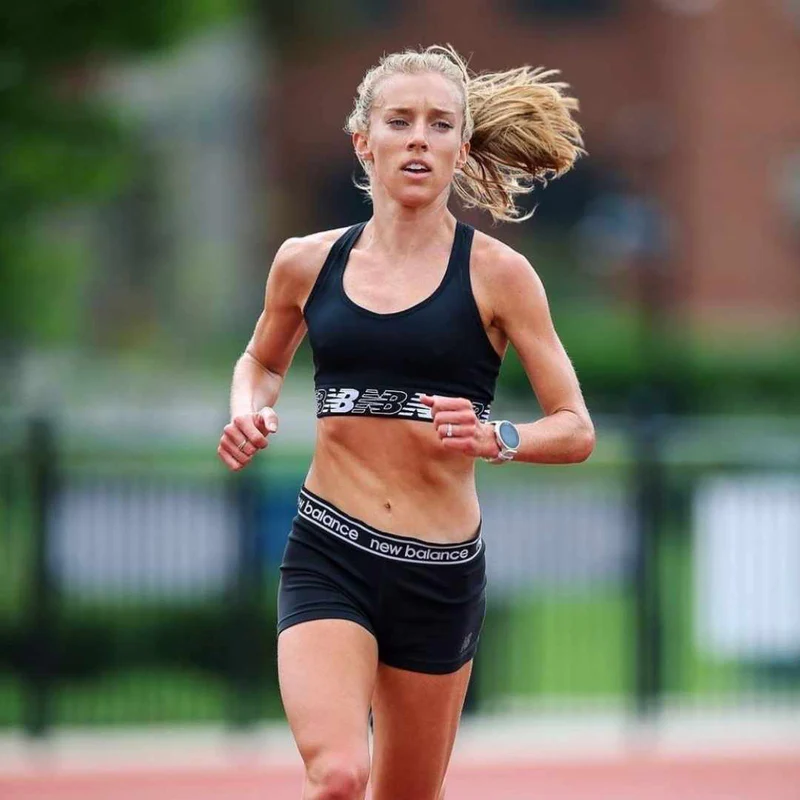
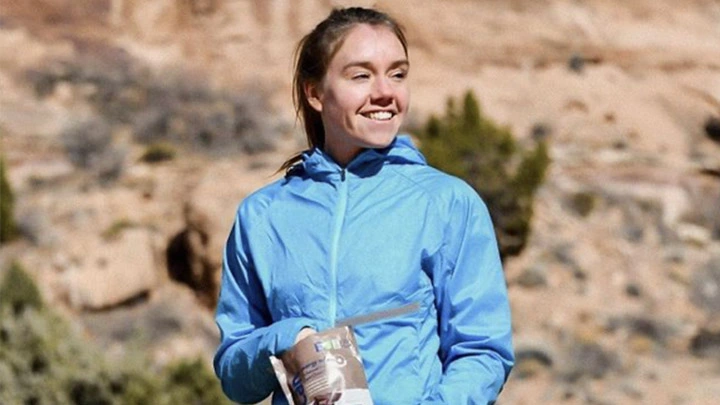

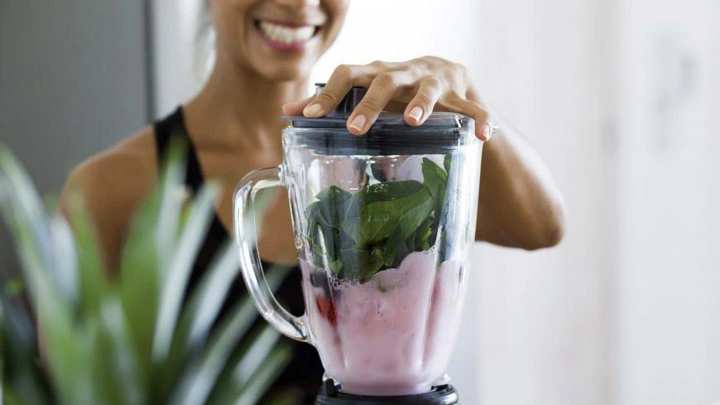



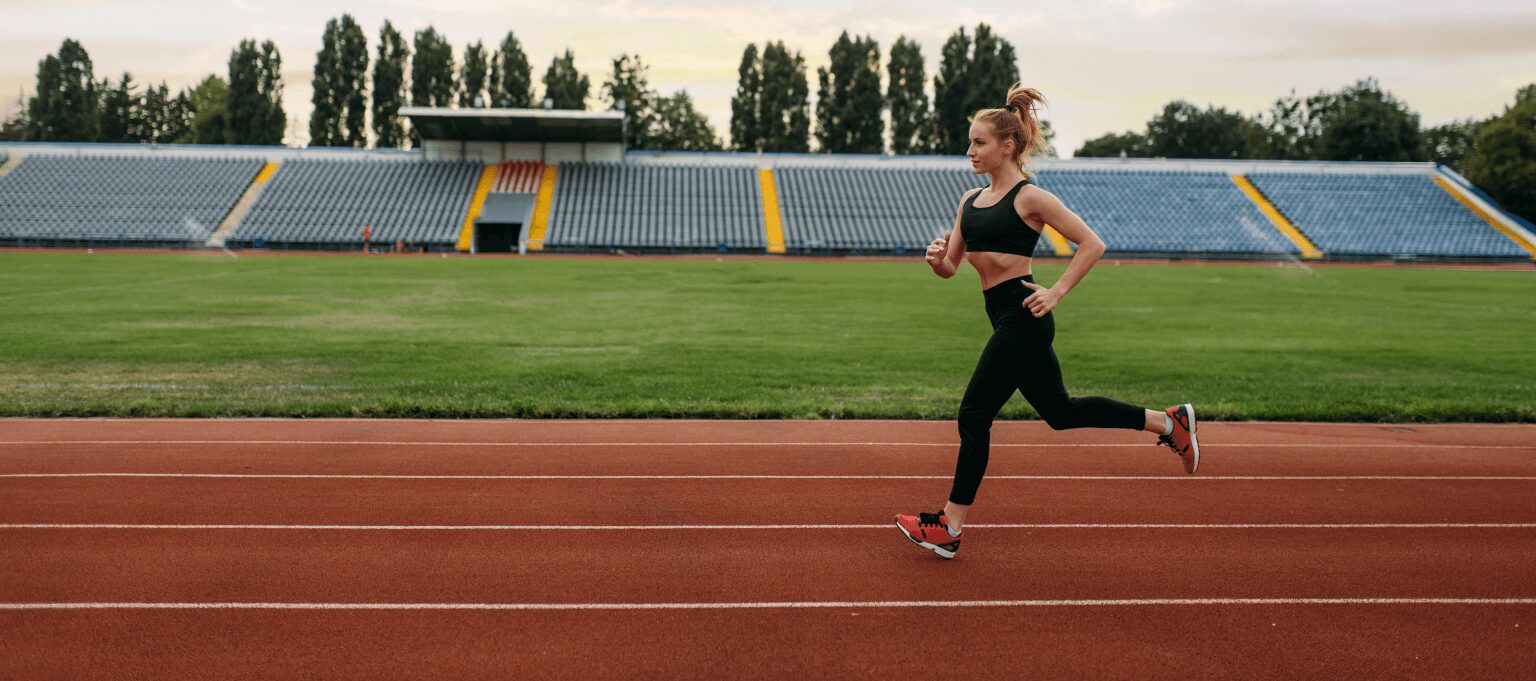









Comments are closed